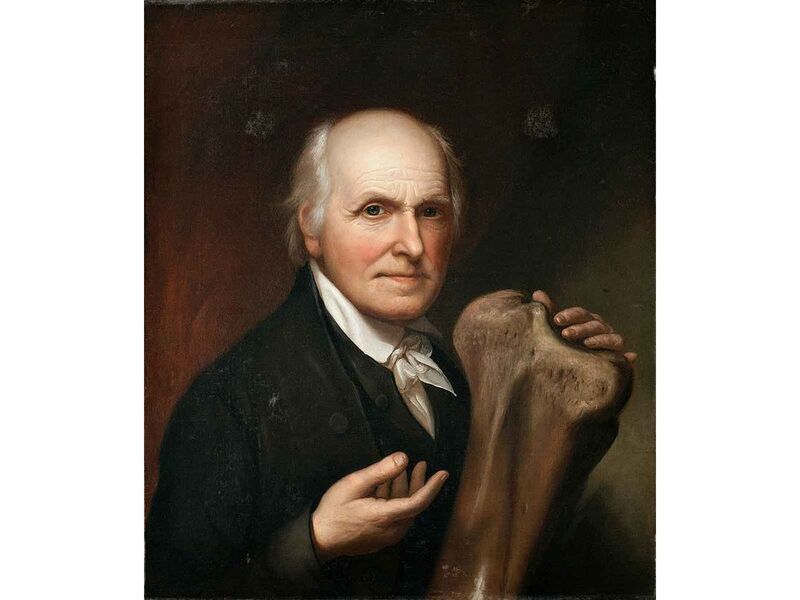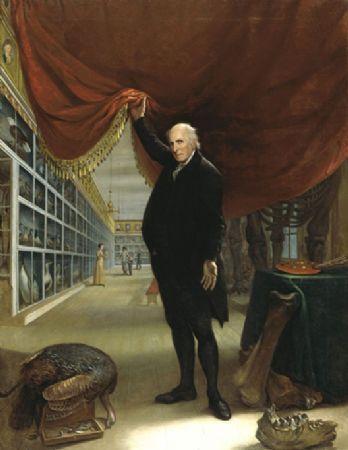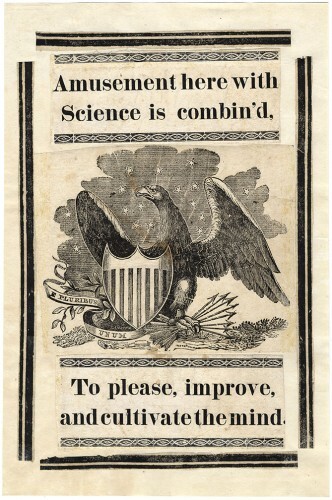Charles Willson Peale and His Philadelphia Museum
When touring the Smithsonian National Museum of Natural History, most visitors are in awe of the numerous exhibits showcasing mammals, fossils, butterflies, gems, minerals, and last but not least, Henry, the African elephant who greets everyone at the entrance. Assumedly, most visitors to the museum do not think about where the NMNH would be without the influence of one particular man and his vision for a natural history museum: Charles Willson Peale.
Born in 1741 in Queens Anne County, Maryland, Charles Peale worked as a professional artist, painting portraits of many of the founding fathers of the United States. In 1782, now living in Philadelphia, Peale opened a portrait gallery in his home, showcasing his paintings of Revolutionary War heroes. However Peale, the quintessential man of the Enlightenment, felt objects beyond artworks could invoke feelings of happiness and provide an overall aesthetically pleasing experience. He took this concept and created his Philadelphia Museum in 1786, displaying his collections of specimens, oddities and naturalistic artifacts inside of his home.
The Philadelphia Museum made it’s move to the American Philosophical Society’s Philosophical Hall in 1794. It was also in this year that Peale retires from painting to focus on his museum and embrace his goal of improving the visual habits of Americans by helping them look at the natural world differently (Ross, 750).
In looking at the story of Peale and his museum, this project will provide clarification in how his ideas helped to influence museums of today. To do this, a deeper understanding of Peale’s intended message he was trying to evoke with the manner in which he displayed his collections will be discussed, as well as examining the modern concept of Peale’s museum issuing tickets for admittance as well as offering individual silhouettes for purchasable souvenirs.


